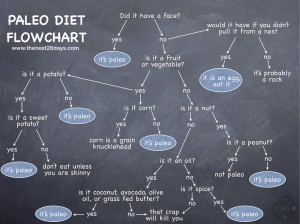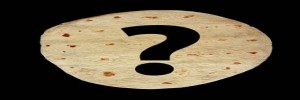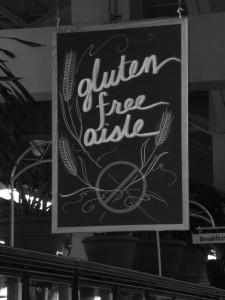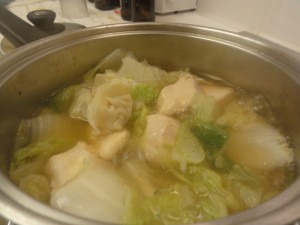The paleo diet is one of the best ways of combating diabetes and keeping it under control. There is absolutely no doubt about this. Thousands of people who were suffering from diabetes reported benefits after adopting the paleo diet.
The paleo diet focuses mostly on eating meat, healthy fats and whole vegetables that are beneficial to the body. Sugars, simple carbohydrates, refined foods, potatoes, etc. are not allowed in the paleo diet.
By following the paleo diet assiduously, one will keep their blood sugar level stable and there will hardly be any insulin spikes.
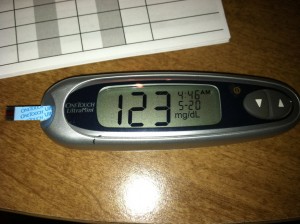
This is one of the major benefits of the paleo diet and it is exactly why the diet is so suitable for diabetes sufferers.
The key to keeping diabetes and its ill effects under control is by keeping your blood sugar stable.
That is the cornerstone to staying healthy despite having diabetes. The normal way to keep diabetes under control will be to use medication, which is what most doctors will prescribe.
However, many patients have still reported having diabetic ulcers, unexplained fluctuations in blood glucose levels and other issues. The reason for this is that the foods they are consuming are not suitable for diabetic patients.
The paleo diet eliminates most of these ‘problem’ foods.
Another problem that many diabetics face is cravings for sweet foods or foods that are not ideal for them. These cravings are often caused by poor food choices. The more sugary foods you consume, the greater your cravings for sugary foods will be. It’s a vicious cycle.
The paleo diet puts an end to all these cravings since it eliminates sugar from the diet. It may be difficult in the beginning to adapt this diet, but once you have adapted and accepted it, your cravings will disappear and your life will become much easier.
You will not face a mental struggle and guilty feelings by fighting or giving in to cravings.
When blood sugar levels spiral out of control, insulin is often required to stabilize the blood sugar levels. Often, these require professional medical treatments that are time consuming and expensive.
The simple fact is that it is relatively easy to keep blood sugar levels under control. Not only will you be spared the hassle of making and keeping medical appointments, but you’ll also save money.
Eating foods that have a high glycemic index will send your blood sugar levels through the roofs. An example of a high GI food would be a bowl of sugary cereal. A much wiser choice would be 2 half boiled eggs with a light dash of pepper.
What’s the difference?
The doughnuts are not allowed if you’re on the paleo diet. The eggs are allowed and recommended. The former will give you health problems while the latter will be beneficial for your well-being.
Since the paleo diet will also result in you shedding the excess pounds, you will also end up leaner and healthier. It’s a win-win situation.
If you’re a diabetic, you definitely want to look into the paleo diet and give it a try.
It might change your life for the better.


